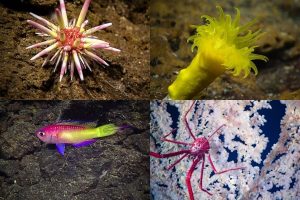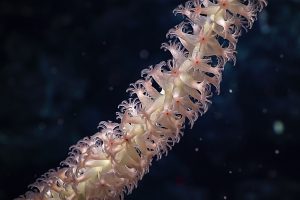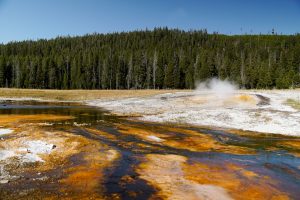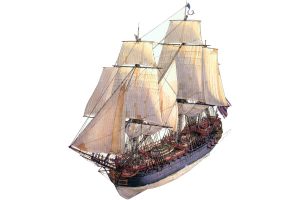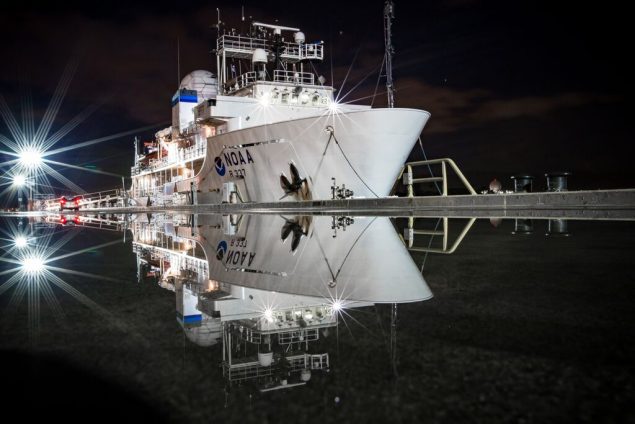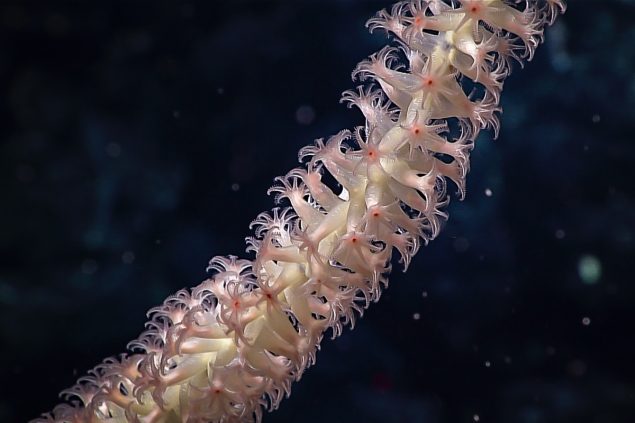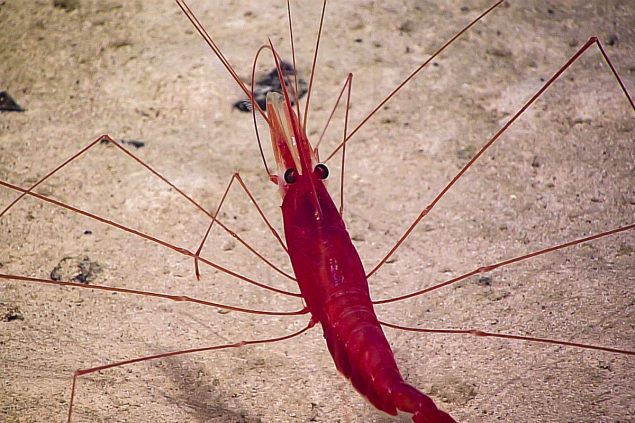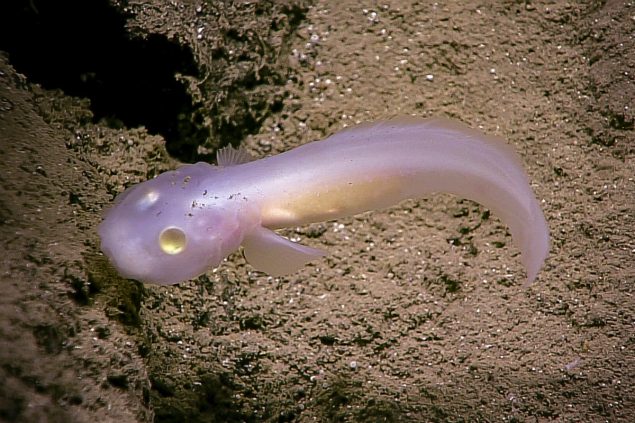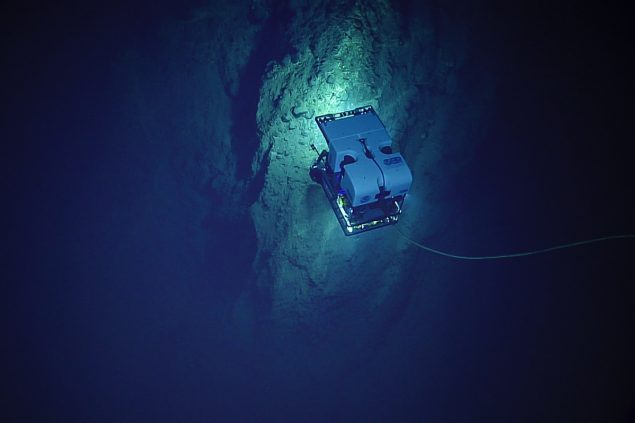“The Global Foundation for Ocean Exploration team is one of a kind. Not only are they highly driven and skilled, but they are by far the most professional engineers and videographers that I’ve had the pleasure of working with at sea.”
— Dr. Diva Amon, Deep-sea Biologist, Natural History Museum, London, UK
Shipwrecks from World War II. Albino fishes and blue shrimp never before seen. Massive underwater walls of rock. From the tropical southern Pacific to the North Atlantic Ocean, our engineers and videographers travel the globe aboard the NOAA Ship Okeanos Explorer, documenting these undersea wonders. In partnership with NOAA’s Office of Ocean Exploration and Research, our team plays a significant role in sharing the mysteries and excitement of the deep ocean directly with the public.
Modern communication technology connects the Okeanos and Remotely Operated Vehicle (ROV) Deep Discoverer to the rest of the world via satellite by transmitting video from the ROV at the bottom of the ocean to your internet browser in 30 seconds or less. The satellite antenna and video feeds are supported by a team of our video engineers that also control the cameras onboard the ROV during operations. The video team ensures that images we capture and the content we produce are of broadcast quality. This ‘telepresence’ technology allows onboard scientists to interact with dozens of others worldwide who provide scientific context in real-time while we are at sea. Scientists and videographers are instrumental in guiding our ROV pilots along the seafloor and identifying species that are worth collecting and/or imaging.
Deep ocean exploration requires a talented and professional team with access to the best in deep submergence technology. Our videographers control the video and still images that the robots take on each dive, and create video products for use by scientists, educators, and the media. GFOE data managers are responsible for recording, organizing, and transferring to shore the 15 terabytes of data gathered during an expedition. The ability to broadcast high-quality images from the bottom of the ocean requires an expertly choreographed production of GFOE engineers, NOAA ship crew, and passionate researchers both onboard and onshore. To see the result of these impressive feats of engineering and cooperation, tune in to the live video feed on the home page during one of our expeditions.

